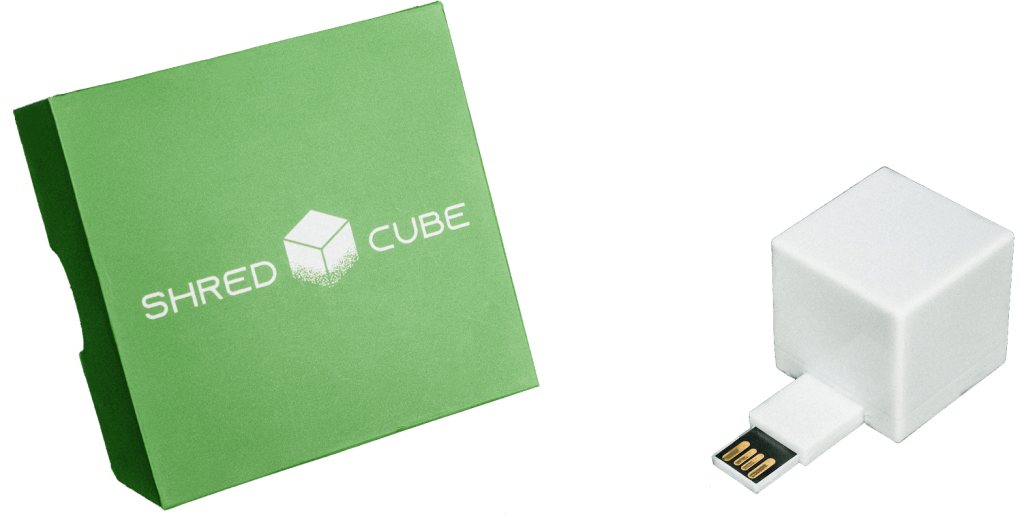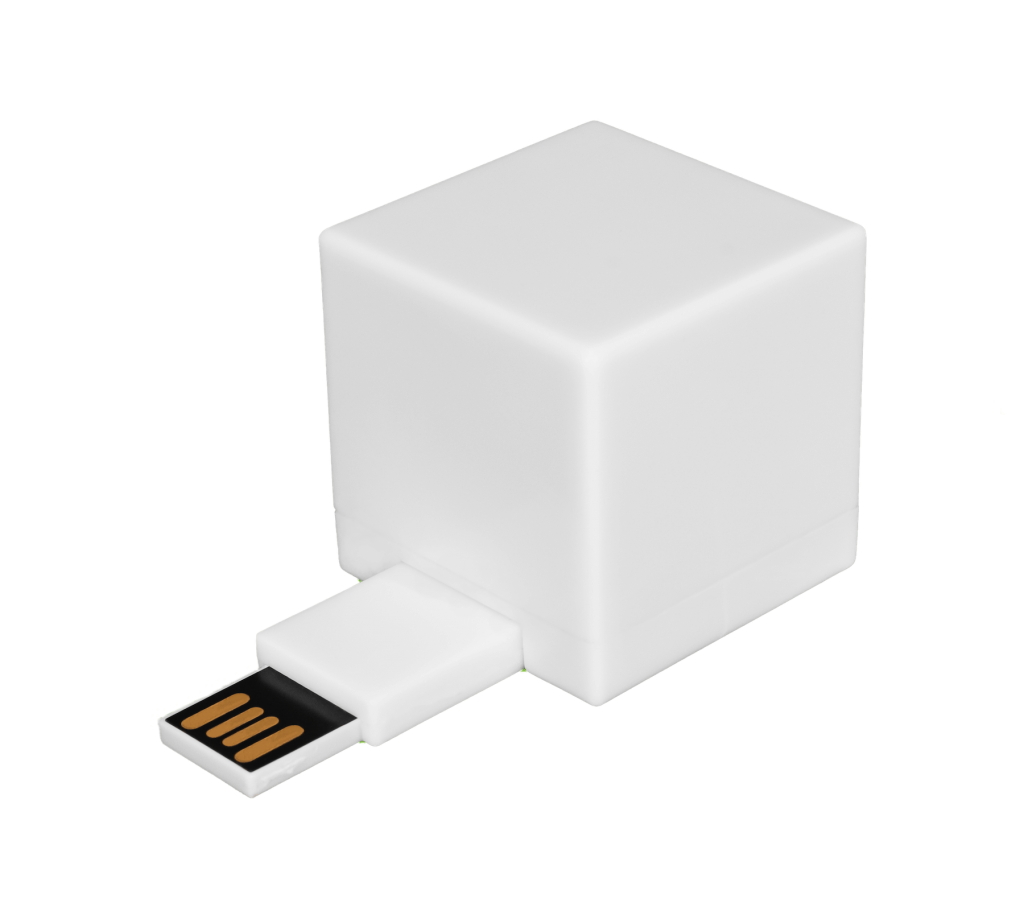When working on your computer, managing file corruption can be a challenging experience. This is particularly true if you find that important data has become corrupted.
We’ve put together a detailed guide that goes over how to handle a corrupted file and the best course of action to take under most circumstances.
So, What Is a Corrupted File?
As the name suggests, a corrupted file is one that does not function correctly. More specifically, a corrupted file is one that is no longer operable or usable.
Under most circumstances, it will also not be able to be used by any sort of application. To put this into context, let’s assume that core files for a computer game became corrupt.
This could cause the game to crash and prevent the player from opening it. Similarly, they may encounter miscellaneous issues while playing, such as an inability to save, various bugs, etc.
More often than not, file corruption is a serious occurrence that can cause a large number of issues.
Why Do Files Become Corrupt?
The most common reason behind file corruption is an error that occurs while the file is being written to a disk.
There’s a large number of ways in which this can happen, as well. For instance, an application may crash at the exact moment it attempts to save a large file.
Or, the browser that you use might have trouble writing a downloaded file to your computer disk. The good news is that your computer will often catch this issue and prompt you to repeat your previous action. Other times, though, you won’t be able to tell a file is corrupt until you attempt to open it on your own.
Other factors to consider when it comes to file corruption are hard disk damage and malware. To elaborate on the latter, some hackers write programs that intentionally corrupt certain files on the victim’s computer. Since the cybercrime industry is only projected to grow in value, this will likely become more common in the future.

What Are Common Consequences?
It shouldn’t come as a surprise that the most common consequence of file corruption is lost data. The magnitude in which this affects you will depend on the scenario.
For example, having a photo album become corrupt is something that is often inconvenient but very rarely a serious problem. This is especially true if you have the same photo files on your phone or camera.
If work-related documents or applications become corrupt, though, the impact could be much worse. In a context like this, losing intellectual property could result in hundreds of thousands of dollars in lost revenue.
It can also strain client relationships or the efficiency at which you are able to complete your projects. Put simply, file corruption is typically a worst-case scenario.
What Are the Signs of a Corrupted File?
There shouldn’t be any doubt when you encounter a corrupt file. In general, the file will likely not be able to be opened.
You will receive a message declaring that your computer does not know how to load the file that you have selected. If it can be opened, there is a good chance that it displays unreadable information. The data that it displays will typically be random or garbled.
This is due to the fact that your computer is attempting to replace the missing information by itself. This is commonly seen when image files become corrupt, as the picture will look nothing like it is supposed to. In many cases, your computer will also replace the icon for the file with something that denotes that there is an issue.
This could be an icon of a torn sheet of paper, a warning symbol, or even a question mark. Since opening corrupt files can sometimes have unintended effects, it’s in your best interest not to do so.
How Do I Know What to Do With a Corrupted File?
Knowing what to do when a file corrupts is essential when it comes to navigating this issue. If you can, you should attempt to reacquire the corrupted file from its original source.
In some cases, your computer may prompt you to use a built-in tool to help repair corrupt files. If you feel as though file corruption occurred as a result of malware, it’s essential that you thoroughly scan your computer before taking action.
Otherwise, the issue will continue to persist. If you are worried about getting rid of sensitive information that you no longer need, it’s worth using a specialized tool to help you do so.
Permanent file deletion is the safest and most secure way to deal with a corrupted file and avoid potential hazardous situations.
How Can I Prevent This From Happening?
Unfortunately, you aren’t always able to prevent file corruption from occurring.
What you can do, though, is back up your information on a regular basis so that you can restore it if necessary. This will allow you to easily replace the corrupt file in its most recent form.
When backing up information, consider prioritizing certain data based on importance. For instance, there is often no need to perform a full backup on a daily basis.
If you are dealing with particularly sensitive information, it’s also worth archiving in two separate locations. This means writing the data to an external hard drive as well as utilizing cloud storage services.

Dealing With a Corrupted File May Seem Overwhelming
In some circumstances, it could even seem impossible to manage. However, it’s not nearly as difficult as you might think. This corrupted file guide will help make sure that you take the best action in your situation.Want to learn more about what we have to offer? Feel free to get in touch with us today and see how we can help.












